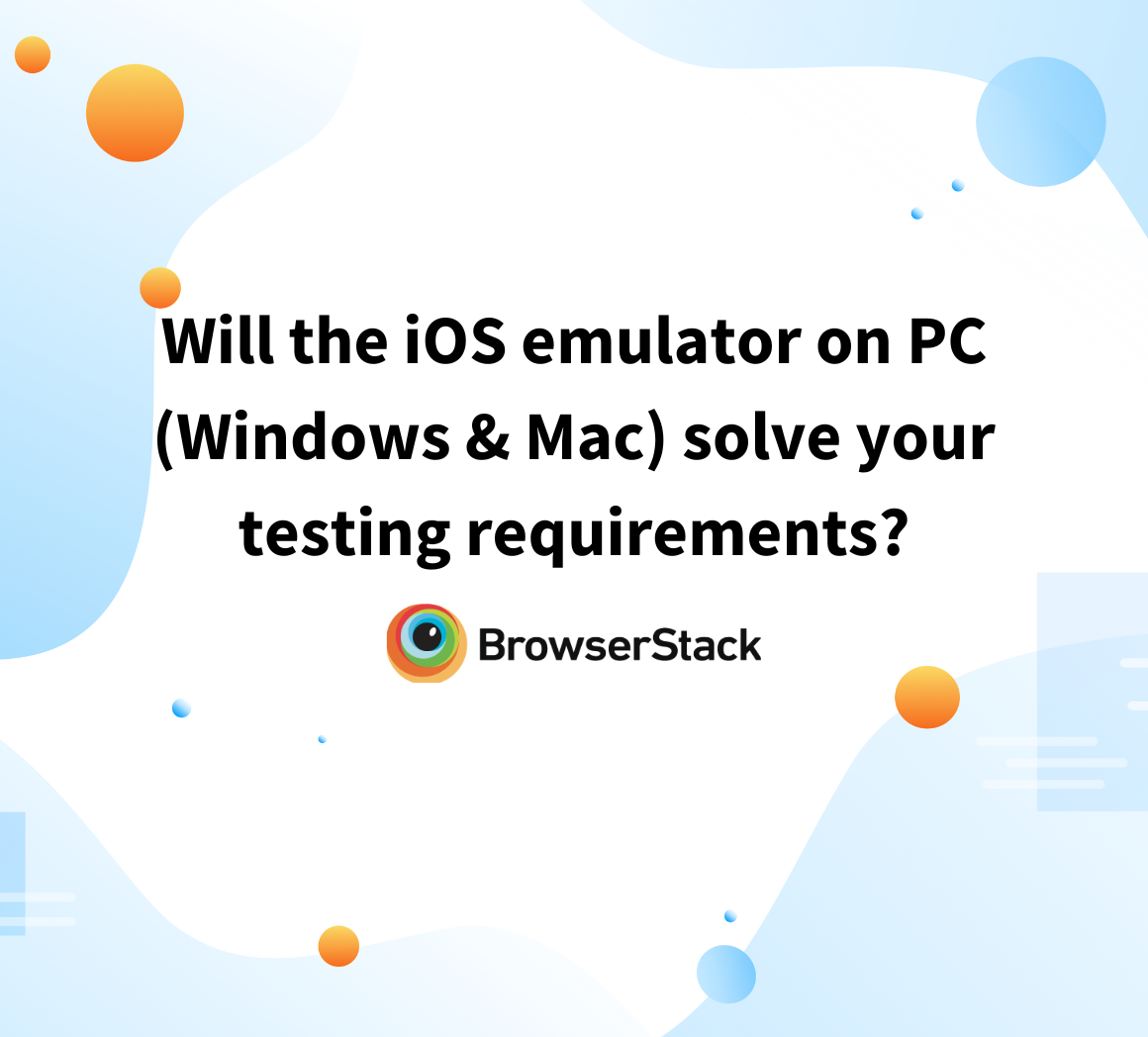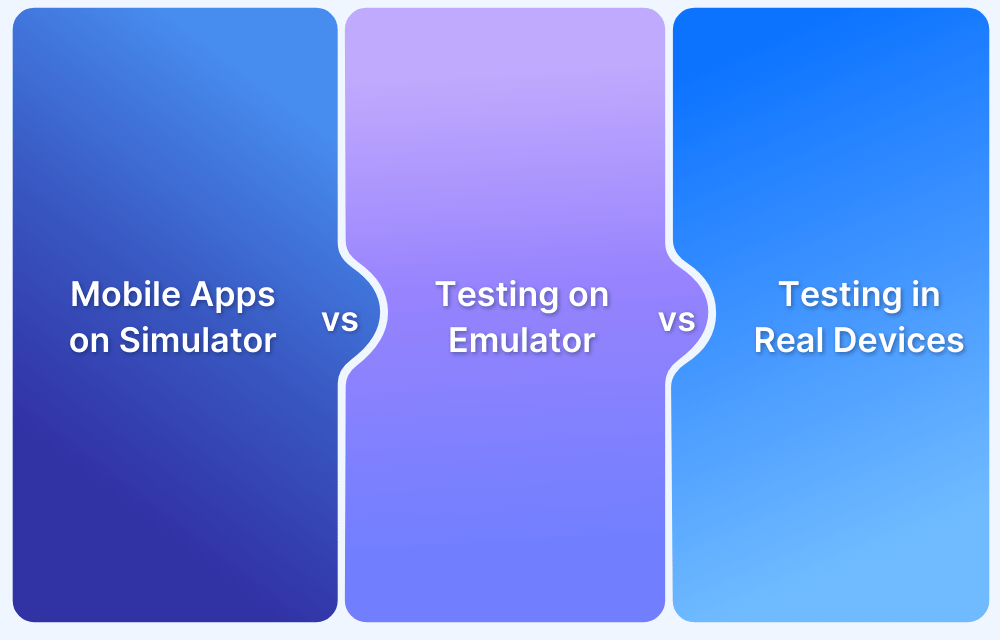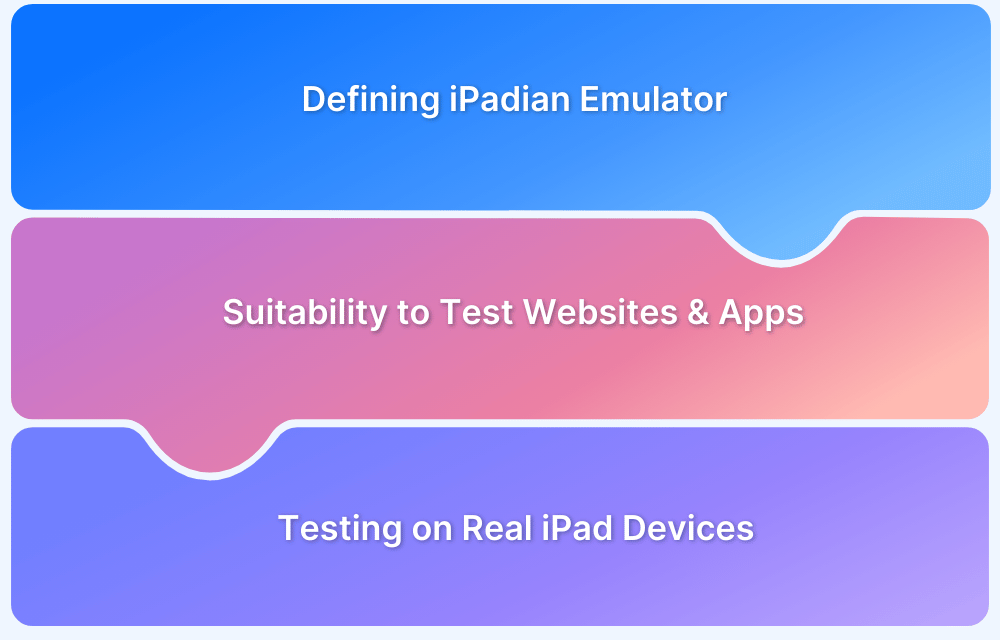Running Android apps on a PC or Mac has become essential for developers, testers, and gamers. Emulators provide a flexible solution for testing applications, playing mobile games with better controls, or debugging software.
Overview
Android emulators enable running mobile applications on PCs by simulating an Android environment. They are popularly used for app testing, gaming, and debugging, offering features like multi-instance support, key mapping, and hardware acceleration.
Why Use Android Emulators for PC?
Here are some reasons to use Android emulators for pc:
- Develop and test apps: Run apps on different Android versions without needing multiple devices.
- Play mobile games on PC: Offers amazing graphics, keyboard controls, and lag-free gaming.
- Automate and debug: Test apps efficiently with automation tools.
- Use Android apps on a bigger screen: Get a better experience with social media and other apps.
Best Android Emulators
Some choices for Android emulators include:
- BlueStacks: Smooth gaming, multi-instance support.
- NoxPlayer: Lightweight, fast, macro recording.
- LDPlayer: Optimized for gaming, high frame rates.
- MEmu Play: Customizable, good for gaming and apps.
- Genymotion: Best for developers, cloud, and desktop options.
This article covers what an Android emulator is, the best options for PC (Mac & Windows) in 2025, their advantages and limitations for app testing, and why real device testing is a better alternative.
What is an Android Emulator?
An Android emulator is a program that operates by mimicking the target Android device’s internal architecture. These tools replicate Android devices’ hardware and software configurations on a workstation (usually a PC or Mac).
How Android Emulators for PC Work:
Android emulators translate Android application code into a format that a computer can execute. They simulate essential components of an Android device, such as the CPU, RAM, storage, and sensors.
Some emulators use hardware acceleration to enhance performance, making apps run smoothly on a computer. While they offer convenience, emulators may not fully replicate real-world conditions, making real device testing essential for accurate results.
Emulators for PC (Mac & Windows) in 2025
Android emulators help run mobile apps on a PC or Mac, making them useful for gamers, developers, and testers. However, when it comes to testing, accuracy and real-world performance are crucial. Though convenient, emulators fail to replicate device conditions like network variations, hardware capabilities, and OS-specific behaviors, leading to unreliable results.
A real device cloud offers instant access to multiple devices, ensuring better scalability, broader coverage, and seamless testing. It also helps uncover UI glitches, touch responsiveness issues, and battery consumption patterns, factors that emulators often miss. For high-quality app performance and a flawless user experience, real devices are the way to go.
Below are some of the best emulators available in 2025.
- BlueStacks
- NoxPlayer
- LDPlayer
- MEmu Play
- ARChon
- GameLoop
- PrimeOS
Limitations of using Android Emulators to Test Apps
While Android emulators are useful for app testing, they come with several limitations that impact performance, accuracy, and real-world testing.
1. Compatibility Issues with CPU Architectures: Most smartphones use ARM v7a chipsets, whereas most PCs run on Intel (x86) processors. Emulators work best when the host (PC) and guest (virtual device) architectures match. If they don’t, emulation slows down, leading to performance issues and unreliable results.
2. High Storage Consumption: The AVD Manager, used by many emulators, creates separate directories for each virtual device’s user data, SD card data, and cache. Each device can take up to 3.5 GB of disk space. Running multiple virtual devices can overload the system, causing lag, slow performance, and decreased productivity.
3. Risk of Emulator Crashes: Overloading a PC with multiple virtual devices can lead to system instability. This often results in emulator crashes, making it difficult to complete testing efficiently.
4. Complex Hardware Acceleration Setup: Hardware acceleration can improve emulator performance, but configuring it is complex and time-consuming. Even with proper setup, there are cases where acceleration causes system failures, making it unreliable.
5. Lack of Real-World Testing Accuracy: Emulators cannot fully replicate how an app interacts with a real device. They fail to capture real-world factors such as:
- Background processes running on an actual device.
- UI behavior under different brightness levels.
- App response to touch gestures and physical sensors.
The Solution: Replace Android Emulator for PC (Mac & Windows) with Real Android Devices
While Android emulators offer a quick way to test apps, they do not provide accurate performance insights. Testing on real Android devices remains the most reliable approach for ensuring app quality.
Why Real Device Testing is Essential
- The primary goal of testing app performance is to ensure smooth user interactions, minimize dropped frames (jank), and optimize memory and battery usage.
- Emulators fail to reflect real CPU, GPU, RAM, and battery usage, leading to inaccurate performance insights.
- Real devices reveal frame drops, lag, and rendering issues that impact user experience.
- Physical sensors like accelerometers, gyroscopes, and fingerprint scanners work accurately only on real devices.
- Real networks fluctuate, but emulators cannot mimic Wi-Fi drops, mobile data speed changes, or poor signals.
- UI elements function differently across screen sizes, resolutions, and aspect ratios, which emulators fail to replicate.
- Android devices vary in firmware, custom UI skins, and hardware configurations, making real testing essential.
- Battery consumption and device heating patterns show real results only on physical devices.
- Real-world factors like lighting, battery levels, and user settings affect app behavior, which emulators cannot simulate.
Access to Real Android Devices Without High Costs
- QA teams do not need to purchase thousands of Android devices for testing.
- A cloud-based real device testing platform, such as BrowserStack, offers affordable access to a wide range of real Android devices.
- Teams can test across various brands, OS versions, and screen sizes without owning devices.
- BrowserStack’s real device cloud enables manual and automated testing at scale.
- Cloud testing cuts maintenance costs and eliminates device procurement hassles.
Why Choose BrowserStack for Real Device Testing
BrowserStack provides a seamless and cost-effective way to test Android apps on real devices, ensuring accurate results across different environments. Here’s why it stands out:
- Instant Access to Thousands of Android Devices: Run cross-device tests with just login credentials.
- Test on Multiple Android Versions: Devices running Android 13, 12, 11, 10, Pie (9.0), Oreo (8.x), Nougat (7.x), KitKat (4.x), and more.
- Comprehensive Testing Capabilities: Supports functional testing, performance testing, accessibility testing, website localization, and responsive design testing.
- Manual and Automated Testing: Seamlessly execute both testing approaches for thorough app validation.
- Be it functional testing, performance testing, accessibility testing, website localization, or responsive design testing, the BrowserStack cloud is designed to implement all forms of quality assessment.
Additionally, BrowserStack has many integrations for easy, hassle-free testing:
- App Live (for manual app testing): Gradle plugin, Fastlane plugin, Jira, Trello, GitHub, AppCenter, TestFlight
- App Automate (for automated app testing): Appium, Espresso, XCUITest, EarlGrey
If you sign up for a BrowserStack account, you can expect the following capabilities when running app tests on the cloud:
- A diverse set of debugging tools, including Screenshots, Video Recording, Video-Log Sync, Text Logs, Network Logs, Appium Logs, Device Logs, and App Profiling.
- In-built support for responsive testing, network throttling, geolocation testing, and natural gestures, all on real devices.
- Support for accessibility testing to ensure app access for differently abled users.
- Robust foundations for parallel testing that can speed up tests by 10X and empower faster time-to-market without any compromise on app quality.
Conclusion
While Android emulators help in early-stage testing, they fail to replicate real-world conditions. Testing on real devices ensures accurate performance, UI consistency, and reliability across diverse environments. BrowserStack’s real device cloud offers a scalable and cost-effective solution for comprehensive Android app testing.







